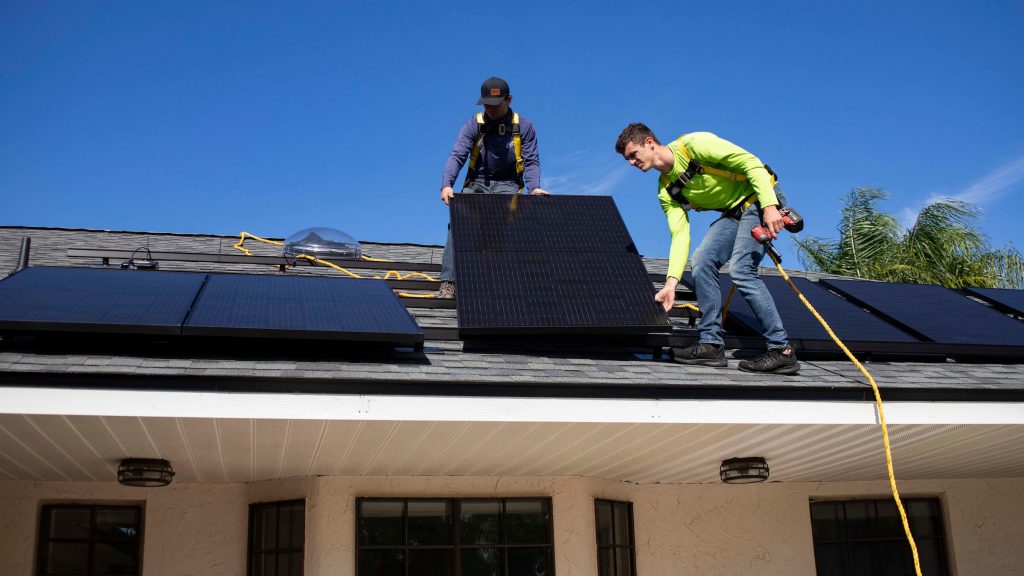Solar energy, a beacon of clean and sustainable power, has seen a surge in adoption worldwide. As homeowners and businesses transition to greener alternatives, solar panels have become a common sight on rooftops. But with the rise of connected devices and the Internet of Things (IoT), concerns about the security of these installations have emerged. Are solar panels and their components as secure as we believe, or are they the next frontier for hackers?

The rise of connected solar installations
The shift towards renewable energy, particularly solar power, is undeniable. As technology advances, solar installations have become smarter, often integrating with home automation systems and smart grids. This connectivity, while offering numerous benefits, also presents potential risks.
The weak link: Inverters
Inverters play a crucial role in solar installations. They convert the direct current (DC) produced by solar panels into alternating current (AC) that can be used in homes and fed into the grid. However, as highlighted by Bill Mead, these devices have been identified as potential weak points in the security chain. Many inverters, especially older models, lack robust security features, making them susceptible to cyber-attacks.
Real threats and their implications
The Dutch communications regulator (RDI) has raised alarms about the vulnerabilities of next-generation solar panels, particularly their inverters. The threats range from hackers taking control of the solar system to accessing other devices connected to the same network.
Widespread power outages: One of the more concerning scenarios is hackers disrupting the electrical grid, leading to massive power outages. Such an incident has already occurred in the Netherlands, where cybercriminals accessed personal data of hundreds of individuals through poorly secured inverters.
Privacy concerns: With many solar installations now offering monitoring and analytics through mobile apps, there’s a risk of personal data breaches. Hackers could potentially access usage patterns, personal details, and even financial information if payments are integrated.
Protective measures and recommendations
In light of these threats, it’s imperative for homeowners and businesses to take proactive steps to secure their solar installations.
Choose certified equipment
The RDI recommends purchasing inverters with the CE logo, ensuring they meet specific security standards. While this is a good starting point, homeowners should also research and choose reputable brands known for their security features.
Regular updates and maintenance
Just like any other connected device, inverters and solar monitoring systems need regular software updates. Manufacturers often release security patches to address vulnerabilities, so it’s essential to keep the system updated.
Secure your network
Ensure that your home network, to which the solar installation might be connected, is secure. Use strong, unique passwords, enable two-factor authentication where possible, and regularly update your router’s firmware.
Limit remote access
While it’s convenient to monitor and control your solar installation remotely, limit this access. Use VPNs and ensure that any remote monitoring apps or platforms have robust security features.
Conclusion
Solar energy offers numerous benefits, from reducing carbon footprints to cutting down electricity bills. However, as with any technology, it comes with its set of challenges. By being aware of potential security risks and taking proactive measures, homeowners can enjoy the benefits of solar energy without compromising their safety and privacy.

 Open Immovlan
Open Immovlan